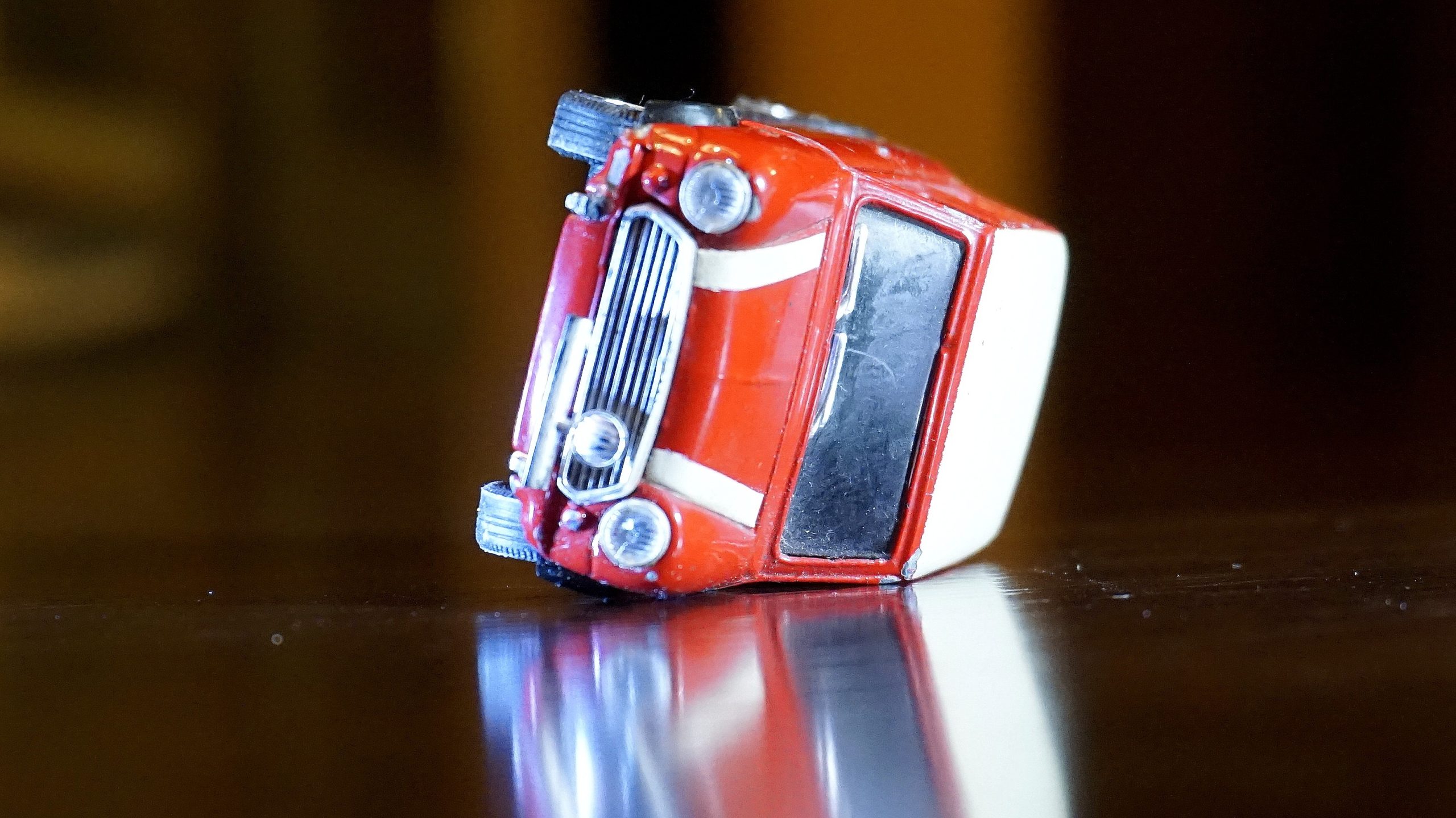 In some cases, mistakes in following procedure can harm a plaintiff’s cause of action even if the case otherwise may be successful on the merits. For example, legal malpractice cases in Louisiana must be filed within one year from when the plaintiff knew or should have known that malpractice had occurred. A recent case out of the Parish of East Baton Rouge has outlined when a plaintiff is considered to have some notice of legal malpractice.
In some cases, mistakes in following procedure can harm a plaintiff’s cause of action even if the case otherwise may be successful on the merits. For example, legal malpractice cases in Louisiana must be filed within one year from when the plaintiff knew or should have known that malpractice had occurred. A recent case out of the Parish of East Baton Rouge has outlined when a plaintiff is considered to have some notice of legal malpractice.
Satterfield & Pontikes (S&P) was a general contractor for the construction of the Lawrence D. Crocker Elementary School in New Orleans, known as the Croker project. The Recovery School District (RSD) owned the property, and Jacobs Project Management Company/CSRS Consortium (Jacobs) acted as the project manager. Norman Chenevert and Chenevert Architects, LLC (Chenevert) and Julien Engineering & Consulting, Inc. (Julien), the sub-consultant structural engineers, created the plans and specifications for the project. In addition, S&P met with Murphy J. Foster, III, a partner at the Breazeale Sachse & Wilson (BSW) law firm, to represent them regarding a previous project S&P worked as a general contractor for. One of the other BSW partners, Steven Loeb, has represented Chenevert previously and had been representing them in connection with the Crocker Project.
Professional ethics rules required BSW to advise S&P and Chenevert on the potential for conflict and to receive a written waiver from both clients. The Chief Financial Officer of S&P, Laura Pontikes, signed the waiver. In contrast, Chenevert terminated its client-lawyer relationship with Leob, and its file regarding the Crocker Project was returned to the company.
 Insurance Dispute Lawyer Blog
Insurance Dispute Lawyer Blog


 Although you may be excited if you are awarded damages at trial, your award might still face a challenge on appeal. Therefore, when you are involved in a trial for an accident in which you were harmed, it is important to understand what evidence you need to present so that any money you are awarded can survive a challenge on appeal.
Although you may be excited if you are awarded damages at trial, your award might still face a challenge on appeal. Therefore, when you are involved in a trial for an accident in which you were harmed, it is important to understand what evidence you need to present so that any money you are awarded can survive a challenge on appeal.  When you receive a final judgment from the trial court, you focus on the case’s outcome. However, if you want to appeal that judgment, it is essential to understand what language is needed in the final judgment to appeal it. If this language is not included, you might be in a situation similar to Marvin Beaulieu, whose appeal was dismissed.
When you receive a final judgment from the trial court, you focus on the case’s outcome. However, if you want to appeal that judgment, it is essential to understand what language is needed in the final judgment to appeal it. If this language is not included, you might be in a situation similar to Marvin Beaulieu, whose appeal was dismissed. Insurance claims can be tricky, especially when multiple parties and contracts are involved. What happens, for example, when one insurance company claims they are not responsible for payment after a catastrophic event resulting in lost lives? The following Terrebonne Parish case follows this exact scenario.
Insurance claims can be tricky, especially when multiple parties and contracts are involved. What happens, for example, when one insurance company claims they are not responsible for payment after a catastrophic event resulting in lost lives? The following Terrebonne Parish case follows this exact scenario.  Random drug testing is common practice for certain jobs. What remedy does a police officer have when he takes a morphine pill for pain and is randomly selected for a drug test the following day when he comes into work?
Random drug testing is common practice for certain jobs. What remedy does a police officer have when he takes a morphine pill for pain and is randomly selected for a drug test the following day when he comes into work? Simple driving accidents happen every day due to lapses in inattention. The results of these lapses can have devastating consequences. Whose is at fault in an accident when both parties were less than perfect in assessments of dangers on the road? The subsequent lawsuit from Louisiana shows how a court will determine how much fault each party bears for an accident and adjust damages based on that outcome.
Simple driving accidents happen every day due to lapses in inattention. The results of these lapses can have devastating consequences. Whose is at fault in an accident when both parties were less than perfect in assessments of dangers on the road? The subsequent lawsuit from Louisiana shows how a court will determine how much fault each party bears for an accident and adjust damages based on that outcome. If you have ever been involved in an accident, you know it can be challenging to deal with multiple parties. From the other vehicle’s driver to numerous insurance companies, knowing who to contact can often seem impossible. This becomes even more difficult when navigating the workers’ compensation system.
If you have ever been involved in an accident, you know it can be challenging to deal with multiple parties. From the other vehicle’s driver to numerous insurance companies, knowing who to contact can often seem impossible. This becomes even more difficult when navigating the workers’ compensation system.  Everyone knows it is a bad idea to drive under the influence of alcohol. However, even if you are in the unfortunate situation of being arrested for drinking and driving, you still have constitutional rights. Nonetheless, it is important to be aware of the possible penalties you could face, including having your driver’s license suspended. These consequences can become even more severe if you are a repeat offender.
Everyone knows it is a bad idea to drive under the influence of alcohol. However, even if you are in the unfortunate situation of being arrested for drinking and driving, you still have constitutional rights. Nonetheless, it is important to be aware of the possible penalties you could face, including having your driver’s license suspended. These consequences can become even more severe if you are a repeat offender.  Navigating receiving workers’ compensation benefits following an on-the-job injury can be difficult. It is even more difficult when you are an undocumented worker. Unfortunately, that is the situation Candido Perdomo, an undocumented worker, found himself in after he was injured when he was pinned underneath a garbage truck when a road collapsed.
Navigating receiving workers’ compensation benefits following an on-the-job injury can be difficult. It is even more difficult when you are an undocumented worker. Unfortunately, that is the situation Candido Perdomo, an undocumented worker, found himself in after he was injured when he was pinned underneath a garbage truck when a road collapsed.  The legal system has neither time nor resources to waste, so courts refrain from entertaining frivolous lawsuits that lack serious or sincere claims. Moreover, in such cases where a court determines that a lawsuit is frivolous, the court will render a judgment against the party who brought the lawsuit and can also order that party to pay damages, including the other party’s attorney fees. For these reasons, it is critical to consult with an excellent attorney before such cases are brought before a court.
The legal system has neither time nor resources to waste, so courts refrain from entertaining frivolous lawsuits that lack serious or sincere claims. Moreover, in such cases where a court determines that a lawsuit is frivolous, the court will render a judgment against the party who brought the lawsuit and can also order that party to pay damages, including the other party’s attorney fees. For these reasons, it is critical to consult with an excellent attorney before such cases are brought before a court.